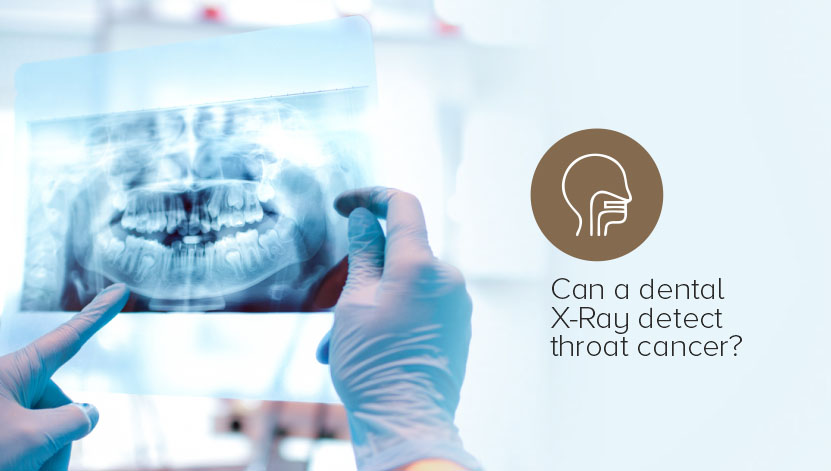The correlation between dental health and whole-body wellness is a growing field of interest, and for a good reason. Dentists, often the first to detect signs of systemic diseases, are increasingly being viewed as frontline healthcare professionals. In particular, dental X-rays, which have long been used to diagnose oral diseases, are now being scrutinized for their potential in catching indications of conditions that extend beyond the teeth and gums. One such condition is throat cancer – a diagnosis that, when caught early, can significantly improve the patient's prognosis.
